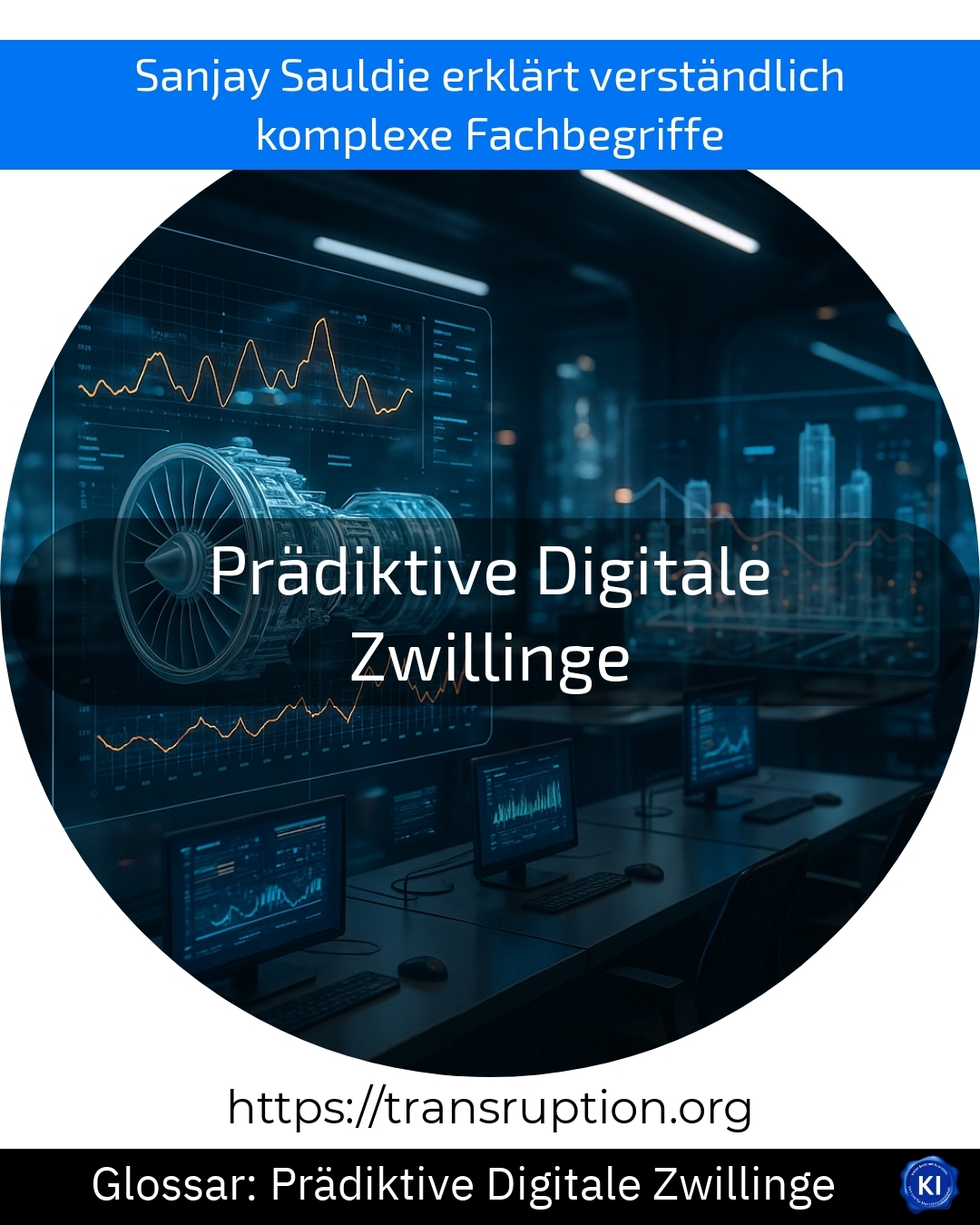The term predictive digital twins originates primarily from the fields of Industry and Factory 4.0, artificial intelligence and the Internet of Things. It describes an innovative technology in which digital images of real machines, systems or even entire production processes are created. These digital twins are supplied with real-time data from sensors and systems and use intelligent algorithms to not only depict the current status, but also to predict future developments.
This allows companies to recognise, for example, when a machine is most likely to break down before it actually happens - and thus plan maintenance in good time. This saves costs and reduces production downtime. A practical example: Sensors are attached to a production line in a factory. The predictive digital twin analyses the sensor data together with maintenance reports and predicts when parts need to be replaced. This increases the reliability of production.
Predictive digital twins help companies to make better decisions and organise processes more efficiently. They are a real step forward for the smart, digital production of tomorrow.















